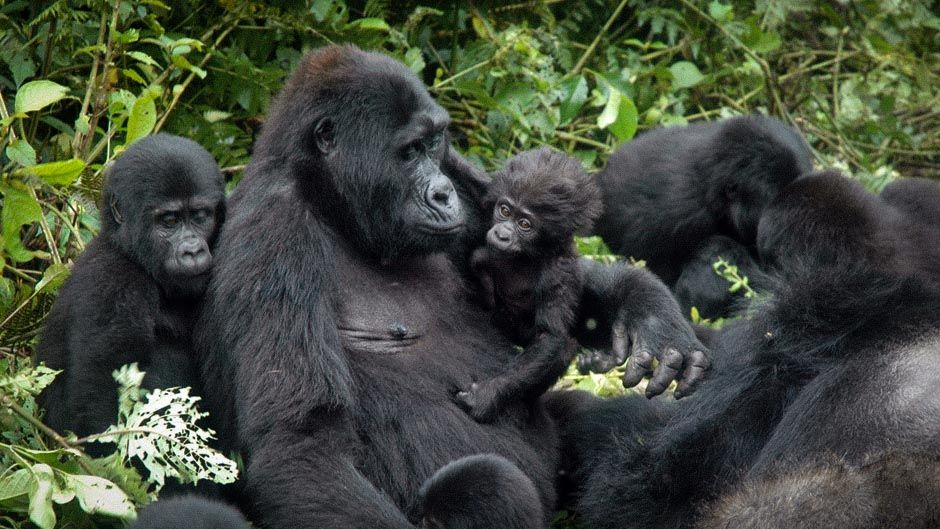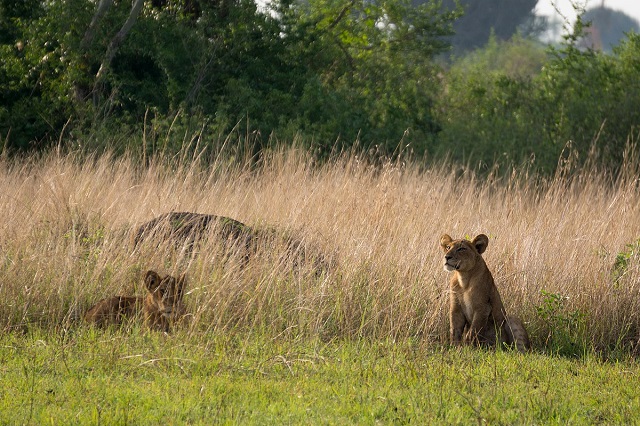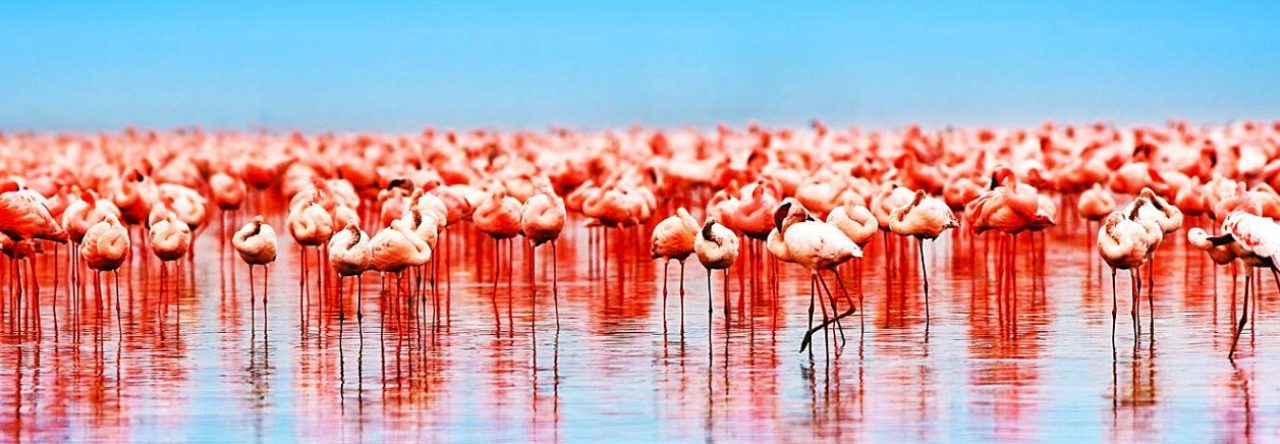Uganda takes its name from the Buganda kingdom, which encompasses a large portion of the south of the country, including the capital Kampala. The people of Uganda were hunter-gatherers until 1,700 to 2,300 years ago, when Bantu-speaking populations migrated to the southern parts of the country. Emerging from the shadows of Uganda’s dark history, tourism is returning the sheen to the ‘pearl of Africa’. While anti-gay sentiments mar an otherwise positive picture, Uganda remains one of the safest destinations in Africa – save for the odd hippo at your campsite.
From the Bwimbi Impenetrable National Park to Ngamba Island Chimpanzee Sanctuary all offer a different experience that will leave you happy. Bwimbi Impenetrable National Park is home to almost half the world’s surviving mountain gorillas, the World Heritage–listed Bwindi Impenetrable National Park is one of East Africa’s most famous national parks. Set over 331 sq km of improbably steep mountain rainforest, the park is home to an estimated 340 gorillas: undoubtedly Uganda’s biggest tourist drawcard. As well as its famous primates, the park contains 120 other species of mammal – more than any of Uganda’s other national parks – though sightings are less common due to the dense forest. Lucky visitors might see forest elephants, 11 species of primate (including chimpanzees and L’Hoest’s monkeys), duikers, bushbucks, African golden cats and the rare giant forest hog, as well as a host of bird and insect species. For birdwatchers it’s one of the most exciting destinations in the country, with over 350 species, including 23 of the 24 endemic to the Albertine Rift and several endangered species, such as the African green broadbill.
Another hidden gem is the Ngamba Island Chimpanzee Sanctuary, located 23km southeast of Entebbe in Lake Victoria, Ngamba Island Chimpanzee Sanctuary, or ‘Chimp Island’, is home to over 40 orphaned or rescued chimpanzees who are unable to return to the wild. Humans are confined to one of the 40 hectares while the chimps wander freely through the rest, emerging from the forest twice a day for feeding at 11am and 2.30pm. This coincides with visitor arrival times to the island, with viewings of the chimps via a raised platform. While it can’t compare to the experience of seeing chimps in the wild, especially due to the large electrified fence that separates chimp from human, it still makes for a worthwhile excursion to observe the animals’ remarkable behaviour. Guides here are informative, and there are individual profiles for each chimp, detailing both their distinct personalities and history. There are also big monitor lizards in residence and abundant birdlife.
Murchison Fall National Park is Uganda’s largest national park is one of its very best; animals are in plentiful supply and the raging Murchison Falls, where the Victoria Nile crashes through the rock and descends dramatically towards Lake Albert, is an unforgettable sight. Despite a decimation of animal numbers during the war years, numbers have recovered well and you can expect to see elephants, Rothschild giraffes, lions, Ugandan kobs (antelope), waterbucks, buffaloes, hippos and crocodiles, not to mention some 460 species of bird.
Queen Elizabeth National Park is a fabulous national park is on nearly all itineraries, and while you’ll never be far from other safari groups, you’re guaranteed to see a large range of wildlife, potentially including giraffes, lions, zebras, hippos, crocodiles, buffaloes and elephants. The famous tree-climbing lions in the remote Ishasha sector of the park are a fascinating highlight, but many people also come specifically to see some of the amazing 611 bird species that can be found here. Back in the 1970s, with its great herds of elephants, buffaloes, kobs, waterbucks, hippos and topis, Queen Elizabeth was one of the premier safari parks in Africa. But during the troubled 1980s, Ugandan and Tanzanian troops (which occupied the country after Amin’s demise) did their ivory-grabbing, trophy-hunting best. Thankfully, animal populations have recovered since then with thanks to improved park security and an emphasis on antipoaching patrols.

Queen Elizabeth National Park, Uganda

